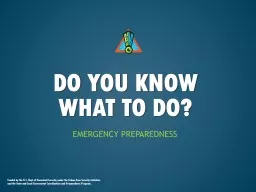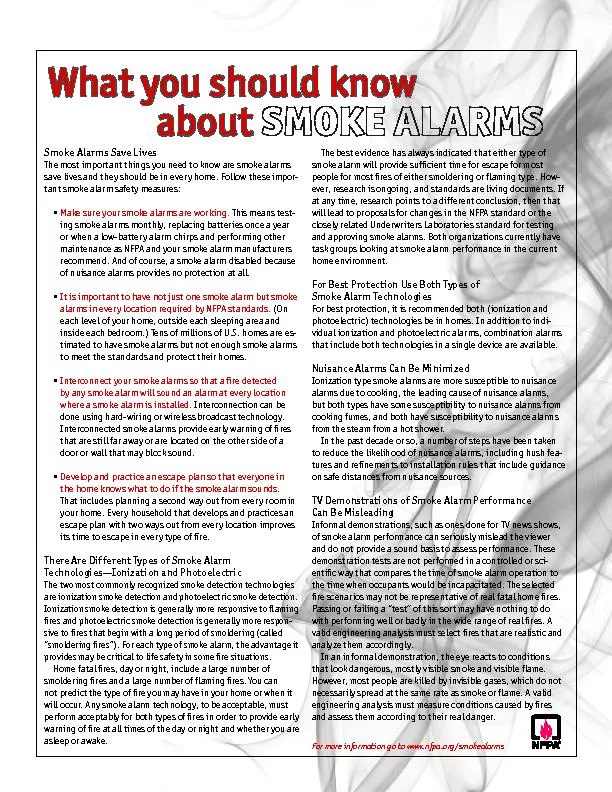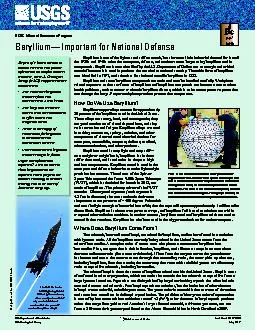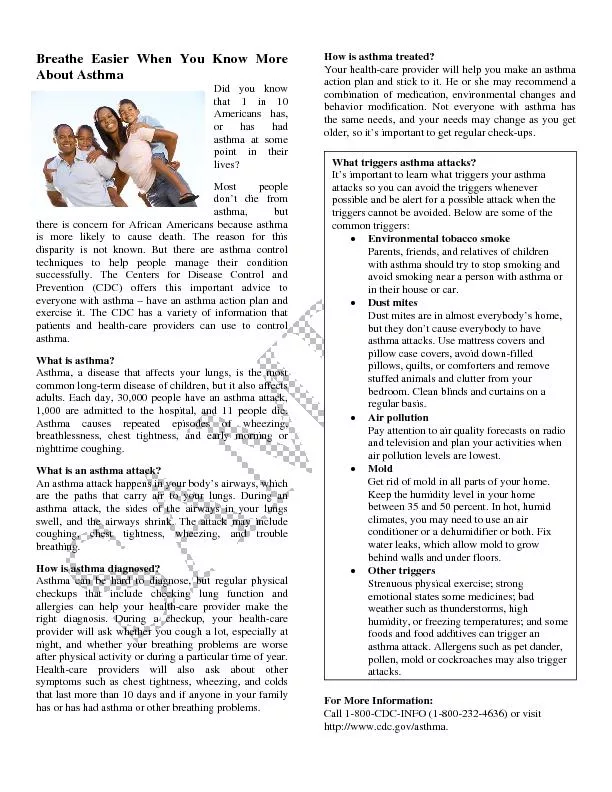PPT-DO YOU KNOW WHAT TO DO?
Author : test | Published Date : 2019-11-08
DO YOU KNOW WHAT TO DO Funded by the US Dept of Homeland Security under the Urban Area Security Initiative and the State and Local Government Coordination and Preparedness
Presentation Embed Code
Download Presentation
Download Presentation The PPT/PDF document "DO YOU KNOW WHAT TO DO?" is the property of its rightful owner. Permission is granted to download and print the materials on this website for personal, non-commercial use only, and to display it on your personal computer provided you do not modify the materials and that you retain all copyright notices contained in the materials. By downloading content from our website, you accept the terms of this agreement.
DO YOU KNOW WHAT TO DO?: Transcript
Download Rules Of Document
"DO YOU KNOW WHAT TO DO?"The content belongs to its owner. You may download and print it for personal use, without modification, and keep all copyright notices. By downloading, you agree to these terms.
Related Documents














